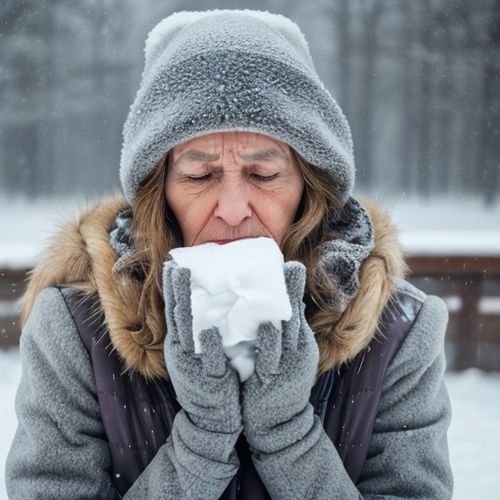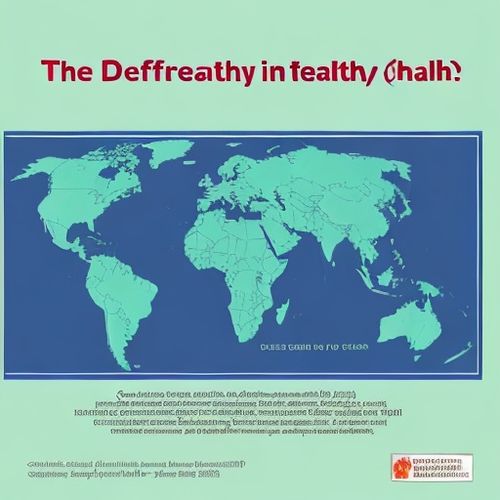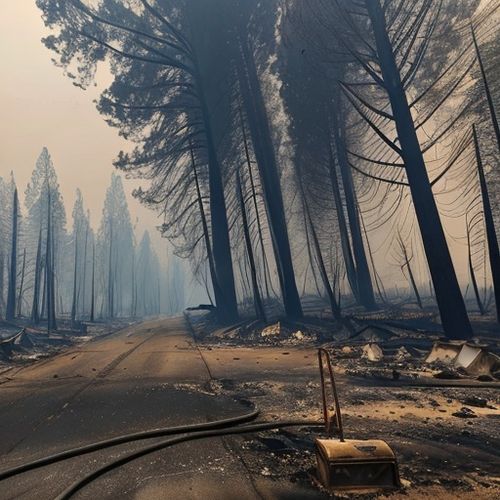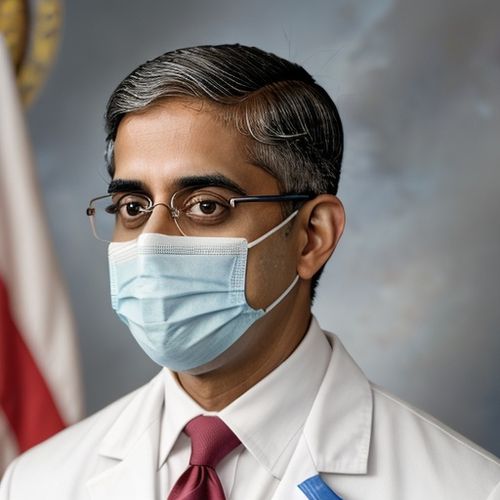The recent news of the first human death from bird flu in the United States has sparked concern and drawn comparisons to the early days of the Covid-19 pandemic. While both viruses can cause respiratory issues, they differ significantly in their transmission and impact. The H5N1 bird flu, in particular, has been a known entity for decades, primarily affecting birds but with sporadic and concerning spill-over events into other species, including humans. As the virus continues to evolve and spread, it is crucial to understand its characteristics, the current situation, and the potential risks it poses.
Understanding H5N1 Bird Flu
Avian influenza, commonly referred to as bird flu, encompasses several types of influenza viruses that typically infect birds. The H5N1 strain, which has been making headlines, is classified as a highly pathogenic avian influenza due to its lethal impact on birds. Unlike some low-pathogenic bird flu viruses that cause only mild infections, H5N1 often results in high mortality rates among infected birds.
Although bird flu viruses primarily target birds, they can spread to other animals, including humans, though such occurrences are rare. Human infections with bird flu viruses are typically "dead-end" infections, meaning they do not usually transmit from person to person. H5N1 was first identified in geese in Southern China in 1996 and has since caused sporadic outbreaks in wild and farmed birds globally.
The Current Wave of H5N1 Infections
The H5N1 virus re-emerged in North America in late 2021, catching scientists' attention due to its expanded range of hosts. It has spread to over 48 species in at least 26 countries, causing significant die-offs, including 24,000 sea lions in South America in 2023. Dr. Jeremy Farrar, Chief Scientist at the World Health Organization, described the ongoing spread of H5N1 as "a pandemic of animals."
In the United States, the impact has been substantial, with over 130 million wild and farmed birds affected across all 50 states, 919 dairy herds testing positive in 16 states, and 66 people testing positive in 10 states, according to data from the US Centers for Disease Control and Prevention (CDC) and the US Department of Agriculture.
The Potential for a Pandemic
For H5N1 to become a pandemic, scientists agree that the virus would need to evolve or retain key changes in its genetic sequence to enhance its ability to infect human cells more effectively. Viruses mutate as they replicate, and while most mutations are benign, some can provide a selective advantage, allowing the virus to infect new hosts or host types.
In addition to mutations, flu viruses can undergo reassortment, where they exchange genetic segments, leading to rapid and sometimes dramatic changes in their capabilities. Scientists warn that either type of genetic change could pose a significant threat to humans.
Current Transmission and Symptoms in Humans
Currently, H5N1 is not efficient at infecting humans, and transmission is primarily through direct contact with infected animals. Infections in humans are almost always mild, and there has been no known human-to-human transmission in the US. The CDC and state public health departments are actively monitoring and conducting contact tracing to identify any potential spread.
The most common symptom in infected individuals has been conjunctivitis, or red, irritated eyes, which is thought to be due to the virus's affinity for alpha 2,3 sialic acid receptors found in human eyes and bird cells. However, the virus has shown the ability to adapt and spread to the respiratory tract, as seen in severe cases.
High-Risk Groups and Precautions
Dairy and poultry workers, as well as those with backyard bird flocks, are at the highest risk of infection. The virus can be transmitted through contact with raw milk, which can contain high concentrations of the virus, or through inhalation of virus-laden droplets during milking or bird handling.
Public health officials advise that if you become ill within 10 days of contact with sick or dead animals or their droppings, you should alert a healthcare provider to your exposure. While the risk to the general public is currently low, vigilance is key, especially for those in high-risk occupations.
Conclusion: Vigilance and Preparedness
The H5N1 bird flu poses a complex challenge that requires ongoing monitoring, research, and preparedness. While the current risk to the public is low, the potential for the virus to evolve and become a more significant threat cannot be ignored. The medical and scientific communities are closely watching the situation, and public health measures are in place to detect and respond to any changes in the virus's behavior.
As we navigate the concerns surrounding H5N1, it is essential to support continued research into the virus's evolution, enhance surveillance and testing capabilities, and ensure that public health messages are clear and actionable. By staying informed and taking appropriate precautions, we can mitigate the risks associated with H5N1 and other emerging infectious diseases, safeguarding public health and preventing future pandemics.

By Christopher Harris/Jan 16, 2025

By Noah Bell/Jan 16, 2025

By Amanda Phillips/Jan 16, 2025

By Victoria Gonzalez/Jan 16, 2025

By Victoria Gonzalez/Jan 15, 2025

By Samuel Cooper/Jan 15, 2025

By Rebecca Stewart/Jan 15, 2025

By Benjamin Evans/Jan 15, 2025

By Michael Brown/Jan 15, 2025

By Eric Ward/Jan 15, 2025

By Amanda Phillips/Jan 15, 2025

By William Miller/Jan 15, 2025

By Samuel Cooper/Jan 15, 2025

By James Moore/Jan 15, 2025

By Sarah Davis/Jan 13, 2025

By Lily Simpson/Jan 13, 2025

By Sophia Lewis/Jan 13, 2025

By David Anderson/Jan 13, 2025

By Michael Brown/Jan 13, 2025

By Lily Simpson/Jan 13, 2025